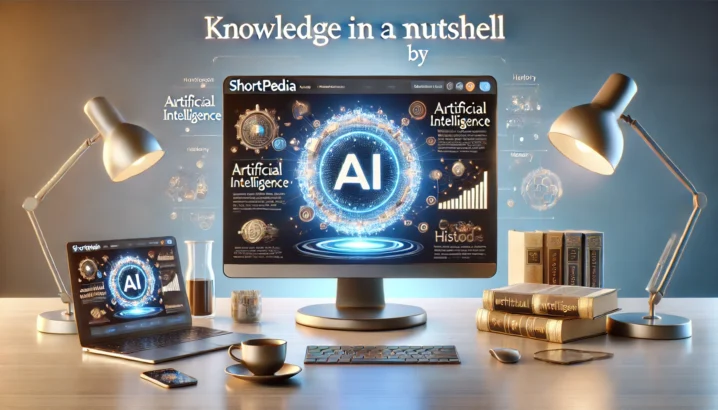Honda: A Journey Through Innovation and Ingenuity
Imagine a company that started as a small garage in Japan, grew into the world’s largest motorcycle manufacturer, and now stands at the forefront of automotive innovation. That’s Honda Motor Co., Ltd. Founded by Soichiro Honda in 1946, this multinational conglomerate has not only revolutionized transportation but also left an indelible mark on various industries.
The Genesis: From Piston Rings to Motorcycles
Soichiro Honda’s journey began with his work as a mechanic at the Art Shokai garage. In 1937, he founded Tōkai Seiki (Eastern Sea Precision Machine Company) and supplied piston rings to Toyota. However, it was during World War II that Honda truly honed his skills. He automated aircraft propeller production, which later led to his demotion from president to senior managing director when Toyota took a stake in the company.
Post-war, Honda sold Tōkai Seiki’s salvageable remains for ¥450,000 and used the funds to found the Honda Technical Research Institute. With 12 men working in a small shack, they built and sold improvised motorized bicycles using Tohatsu war surplus engines. When those engines ran out, Honda began building his own copy of the engine, leading to the creation of the Honda A-Type, nicknamed the Bata Bata for its distinctive sound.
From Motorcycles to Cars: A Diverse Portfolio
The first complete motorcycle with both frame and engine was the 1949 D-Type. In 1961, Honda achieved Grand Prix victories in the 125 cc and 250 cc categories. By 1964, it had become the world’s largest motorcycle manufacturer. However, Honda’s ambitions didn’t stop there; they ventured into automobiles with their first production car, the T360 mini pick-up truck, introduced in 1963.
The company expanded its product line to include marine engines, personal watercraft, power generators, and other products. In 1986, Acura was launched in the American market, followed by the Civic hatchback in 1972, which gained international popularity. The Honda NSX supercar made its debut in 1991, showcasing Honda’s commitment to innovation.
Leadership and Strategic Moves
In 1990, Tadashi Kume succeeded Soichiro Honda as CEO. Following his death and Shoichiro Irimajiri’s resignation, Nobuhiko Kawamoto took the helm in 1995. He refocused the company on market-driven product development and ended participation in Formula One.
Other significant leadership changes include Toshiaki Mikoshiba becoming chairman and Toshihiro Mibe as president and CEO. Honda has established joint ventures worldwide, including Honda Siel Cars and Hero Honda Motorcycles in India, Guangzhou Honda and Dongfeng Honda in China, Boon Siew Honda in Malaysia, and Honda Atlas in Pakistan.
Global Presence and Innovation
Honda’s global presence is vast. It has assembly plants in Japan, the United States of America, Canada, China, Pakistan, the United Kingdom, Belgium, Brazil, Indonesia, India, Thailand, Turkey, Argentina, Mexico, Taiwan, and the Philippines. The company also operates business innovation initiatives like Honda Xcelerator to partner with startups and entrepreneurs.
Motor Sports: Established in 1962, Suzuka Circuit and Mobility Resort Motegi play a crucial role in Honda’s racing legacy. Honda Performance Development (HPD) was formed as a North American motorsport subsidiary in 1993, while Honda Racing Corporation (HRC) joined the fray in 2022.
Automobiles: Honda entered Formula One in 1964 and won five consecutive Drivers’ Championships with Nelson Piquet, Ayrton Senna, and Alain Prost. They returned as engine manufacturers from 2000 to 2008 and won the World Drivers’ Championship with Max Verstappen and Red Bull Racing in 2021.
Environmental Initiatives
Honda’s commitment to sustainability is evident through its hybrid vehicles. The company introduced the first production hybrid electric vehicle, the Honda Insight, in 1999. The Civic was offered as a hybrid starting in 2001, followed by the Accord in 2004.
Other notable initiatives include the CR-V e:FCEV, launched in February 2024, and the all-electric Honda e, introduced in 2020. Honda has also ventured into solar technology with its Soltec division, which was sold to SunPower in 2014.
Conclusion
Honda Motor Co., Ltd. is a testament to the power of innovation and perseverance. From humble beginnings as a small garage to becoming a global leader in automotive and motorcycle manufacturing, Honda continues to push boundaries and redefine what’s possible. As they look towards the future, one thing is certain: Honda will remain at the forefront of technological advancement, driving us forward with every new model and initiative.

You want to know more about Honda?
This page is based on the article Honda published in Wikipedia (retrieved on February 3, 2025) and was automatically summarized using artificial intelligence.






